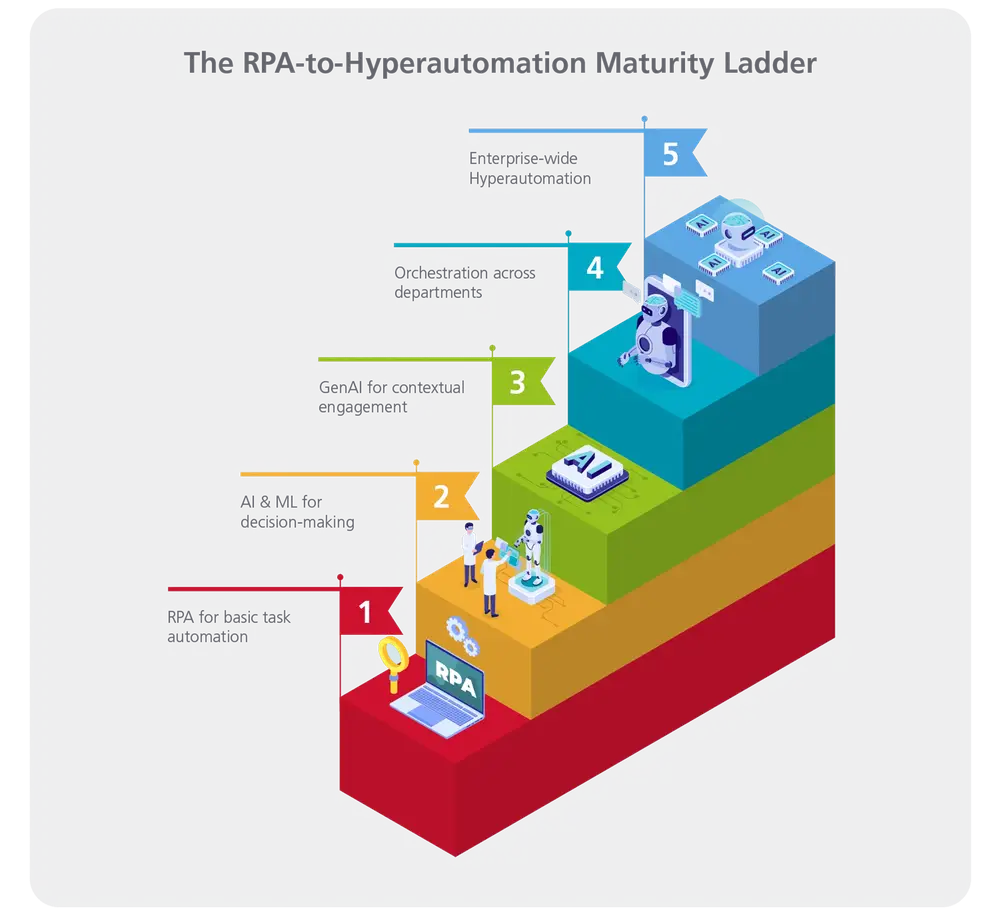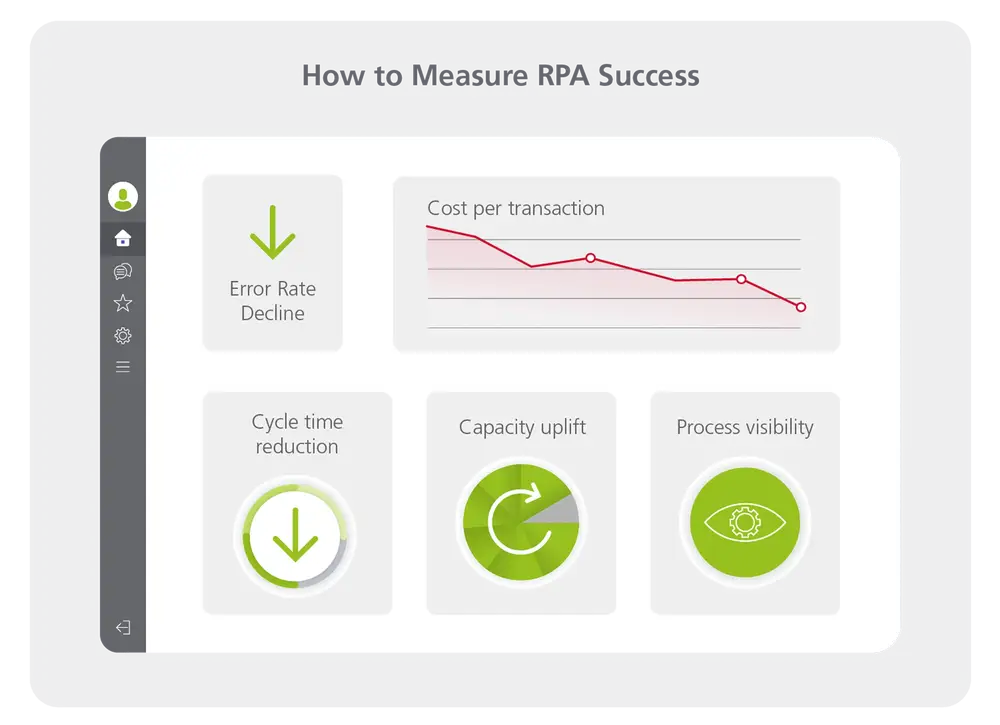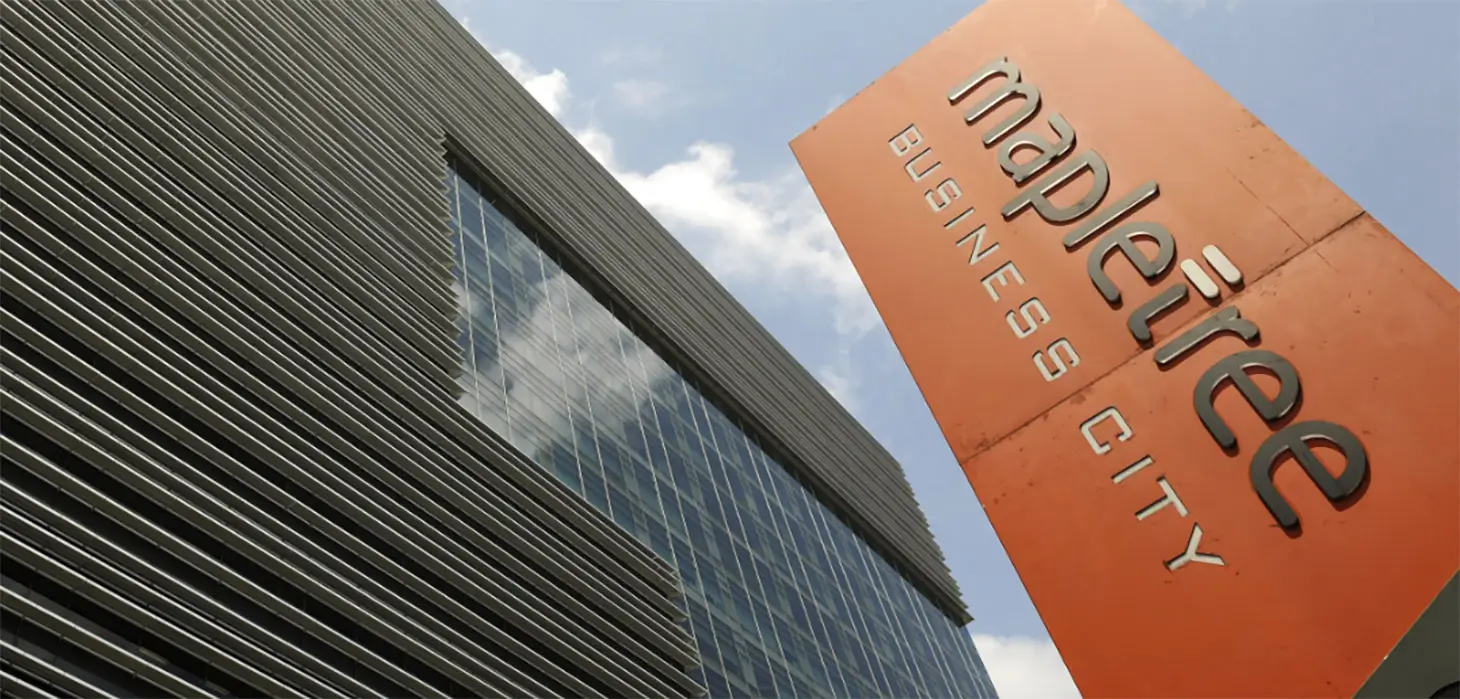The RPA Advantage: Automate the Boring, Unlock the Strategic

Following our recent exploration of Hyperautomation as the evolution of enterprise transformation, this article takes a look into where the journey begins: Robotic Process Automation (RPA).
Chief Operating Officers (COOs) and those heading up operational changes have a complex matrix of competing demands: cost reduction, speed, compliance, and the need to drive digital transformation, all without increasing headcount. Traditional levers like hiring or outsourcing are no longer sustainable. COOs need digital solutions that can simultaneously unlock scale, speed, and insight.
Enter Robotic Process Automation (RPA)
RPA is more than a tactical fix for repetitive tasks—it's a launchpad into the broader world of enterprise transformation known as Hyperautomation.
While AI and machine learning promise dramatic efficiency gains, they are only effective when built on top of streamlined, predictable processes. That's why RPA is step one. It brings order to operational chaos, transforming inconsistent manual workflows into structured digital routines.
According to Deloitte's Global Intelligent Automation report, the percentage of organisations implementing process automation increased dramatically—from just 13% planning to do so in 2015 to 74% having already adopted robotic process automation (RPA) in some form by 2022. It's not just a trend — it's a business imperative.
The question for COOs is not whether to implement RPA but where and how to maximise impact.
RPA in Business – The Strategic Entry Point

Robotic Process Automation (RPA) uses software "bots" to mimic human actions in digital systems — logging into applications, entering data, moving files, and performing rule-based tasks at scale and speed. In a typical mid-sized organisation, these bots can perform work 24/7, without fatigue or error, and without changing underlying IT systems.
For COOs overseeing multiple departments — each with legacy processes and disconnected data — RPA offers a quick, cost-effective way to begin streamlining operations. It doesn't require a months-long ERP overhaul or custom development.
Instead, it fits neatly into existing workflows, enhancing them with automation where it matters most.
With RPA, operations leaders can:
- Eliminate bottlenecks that slow down finance, HR, and supply chain workflows
- Improve SLA performance by automating service request routing and escalation tracking
- Increase transparency by generating logs and analytics from every automated task
- Reduce compliance risk through audit-ready documentation and consistent process execution
PwC estimates that 45% of work activities can be automated, and this automation would save $2 trillion in global workforce costs.
You probably have some automation in place—but what starts as automation becomes transformation when it’s woven into your strategy and supercharged with AI.
From Tasks to Transformation – RPA and AI in Action
How AI, Machine Learning, and Generative AI Augment RPA
While RPA excels at performing defined, rules-based tasks, AI and machine learning (ML) introduce decision-making and adaptation. And generative AI (GenAI) adds an additional layer—enabling systems to understand context, generate content, and interact using natural language. Combined, they form the foundation of Intelligent Automation where bots can not only do, but also learn, anticipate, communicate, and optimise.

For example, here’s how RPA and AI can create a hyperautomated invoice processing flow:
- RPA manages the individual steps required to complete the flow
- AI classifies unstructured formats using OCR and NLP
- ML predicts future invoice trends based on historical data
- GenAI generates responses, summaries, and contextual insights to support decision-making and communication.
Together, these technologies allow organisations to go beyond simple automation and reshape business models—creating digital workers capable of handling complex tasks like fraud detection, sentiment analysis, predictive maintenance, and even generating human-like content or insights in real time.
Department Spotlights: RPA for Finance, HR, Operations
Let's explore how this can play out in real terms:
- Finance: Automating accounts payable can reduce invoice approval time from weeks to hours. Bots handle routine validations, while AI categorises exceptions.
- HR: Hiring surges, onboarding, and compliance tracking often overwhelm HR teams. RPA handles admin-heavy tasks like employee onboarding and leave management
- Operations: From order fulfilment to shipment tracking, operations teams rely on predictable flows. RPA ensures consistent data hand-offs, and AI adds forecasting capabilities.
These use cases illustrate the compounding value of starting with RPA and scaling up with AI.
Hyperautomation Starts Here – RPA as a Launchpad

What Is Hyperautomation, Really?
Hyperautomation (sometimes called intelligent automation) is the strategic combination of multiple automation tools — RPA, AI, ML, GenAI, business process management (BPM), and low-code platforms — to automate end-to-end processes across an organisation.
It's not about replacing people; it's about augmenting teams so they can focus on higher-value, strategic work.
Creating your Intelligent Automation landscape
To unlock the full potential of hyperautomation, you need a strong foundation. RPA helps build that foundation—clearing clutter, creating consistency, and giving AI the structured inputs it needs to do its best work.
Think of RPA as building the road — and AI as the self-driving vehicle. Without the road, the AI gets nowhere.
This is a critical sequencing decision that COOs are best positioned to lead.
Practical Roadmap: From RPA to Hyperautomation
Here's a phased approach to help COOs visualise the transition:
Measuring Impact: How to Quantify the Value of RPA
Instead of reiterating individual department examples, let's step back and look at how COOs can systematically assess the value of RPA across their enterprise. Understanding RPA's financial, operational, and strategic impacts ensures a smoother business case and more substantial internal alignment.
According to Gartner 2024, less than 20% of organisations have mastered the measurement of hyperautomation initiatives. One of the key aspects of a successful implementation is setting out your process metrics when implementing RPA as the base layer of the automation.

Key Performance Metrics to Track when Implementing RPA
- Cycle Time Reduction: One of the clearest indicators of RPA success is how quickly a task is completed post-automation. For example, invoice processing that once took five days might now be completed in under one.
- Cost Per Transaction: As bots scale, the cost to execute tasks often drops by more than 50%, especially when replacing outsourced manual processes.
- Error Rate Decline: RPA can help reduce manual error rates to near-zero. This improves compliance and lowers rework, especially in regulated industries like finance and healthcare.
- Capacity Uplift: Bots don't sleep. Their ability to work around the clock effectively adds new workforce capacity without increasing payroll — allowing your teams to reallocate efforts to strategic initiatives.
- Process Visibility: Because RPA tools log every action taken, COOs gain clearer insights into process flow, bottlenecks, and performance benchmarks. This auditability is especially valuable for compliance-heavy functions.
Building a Compelling RPA ROI Story
To build buy-in from C-suite peers, COOs should highlight direct returns (hours saved, FTE reduction, faster SLA compliance) and indirect returns (employee satisfaction, faster decision-making, improved audit readiness).
Ultimately, measuring value is about more than ticking off KPIs. It's about communicating how automation frees your people to focus on what matters — and proving that digital workers can become a lasting part of your operational DNA.
Key Takeaway: How to Begin Robotic Process Automation with Confidence

The path to Hyperautomation doesn't have to be complex. It just needs to be intentional.
For COOs, RPA offers an immediate, low-disruption way to modernise operations and free up teams for strategic initiatives. It's not about ripping out existing systems but enhancing them.
- Use RPA to stabilise and streamline existing workflows
- Leverage quick wins to build internal credibility and support
- Gradually integrate AI, ML, and orchestration tools as processes mature
- Focus on functions with measurable returns and repeatable processes
Ricoh helps operations leaders navigate this journey — from initial automation pilots to enterprise-wide orchestration. Our automation solutions are designed to scale with your organisation's needs, helping you move from manual to intelligent, one process at a time.
Discover how DocuWare can get you started on your journey to hyperautomation.
Discover DocuWareFAQs
Traditional automation handles simple tasks that follow clear rules. Hyperautomation goes further. It combines RPA with artificial intelligence (AI), machine learning, and other tools to automate entire processes. This helps companies handle more complicated work, make smarter decisions, and adapt when things change.
RPA follows clear, step-by-step instructions to handle tasks. AI can learn from data, make predictions, and deal with messy or unclear information. When you combine RPA with AI, you get a system that can handle both simple and complex work.
Common processes include:
- Processing invoices and payments
- Employee onboarding and HR compliance tracking
- Customer service ticket routing and support
- Order fulfilment, shipment tracking, and inventory management
These use cases help improve speed, accuracy, and overall business performance.
RPA delivers several key benefits:
- Faster process completion and cycle time reduction
- Lower operational costs and higher ROI
- Near-zero error rates in repetitive tasks
- 24/7 operational capacity without additional headcount
- Greater process visibility and compliance readiness
By automating repetitive work, businesses can improve overall efficiency and allow employees to focus on more valuable, strategic initiatives.

Let’s connect
Talk to a Ricoh expert. Find out how we can help you streamline workflows and automate processes for higher efficiency and productivity.
Recommended resources for you

Accelerating Digital Transformation Through Automation
Learn the five benefits workflow automation solutions provide to future-proof businesses, including streamlined communications and greater business efficiency.

The Advantages of MS Business Applications Power Platform
Understand how Microsoft Business Applications empowers businesses to solve everyday process challenges with low code automation, including 8 use cases for Microsoft Power Apps.

Global Real Estate Leader Simplifies and Brings Agility to Its HR Workflow with Ricoh
Find out how Mapletree fulfilled the needs of its growing global workforce with a digital HR document management solution.


